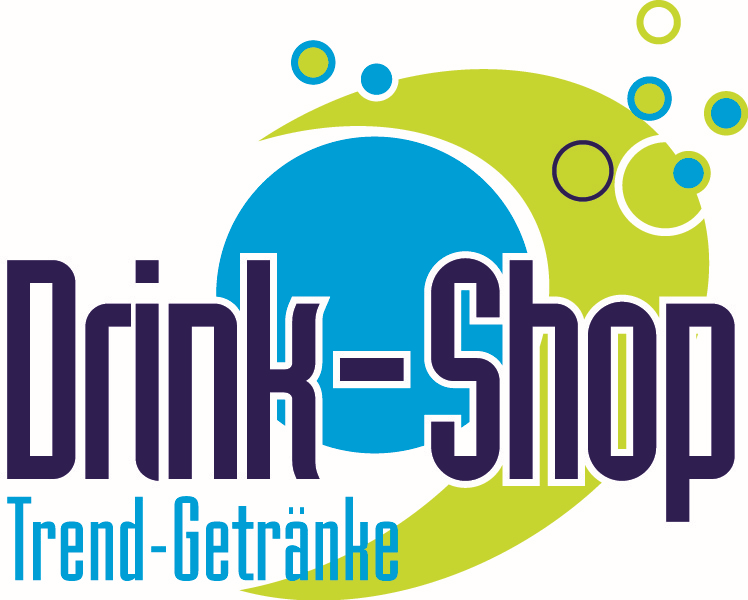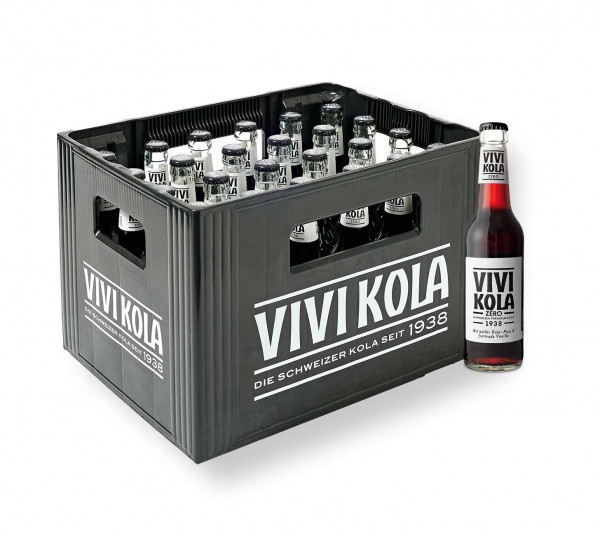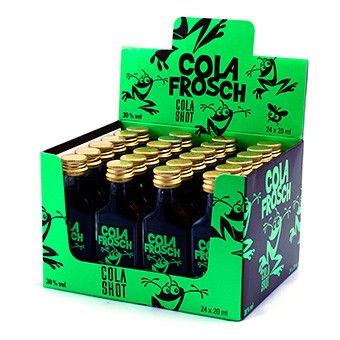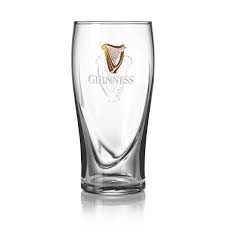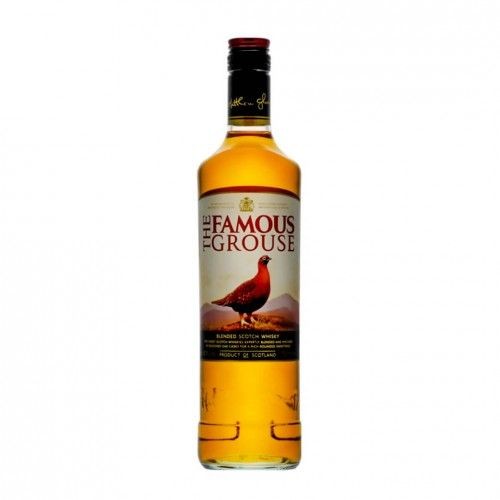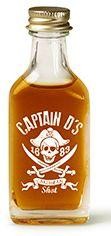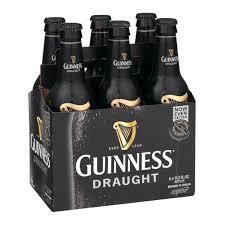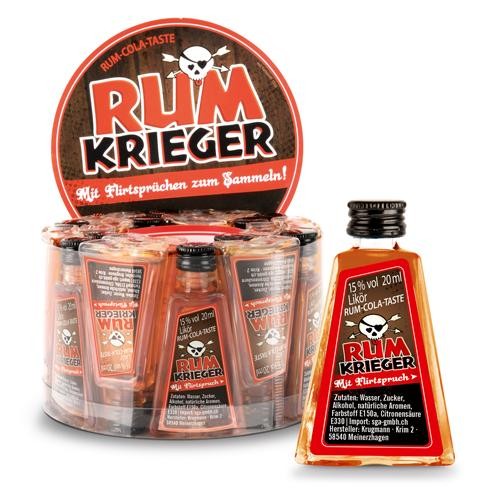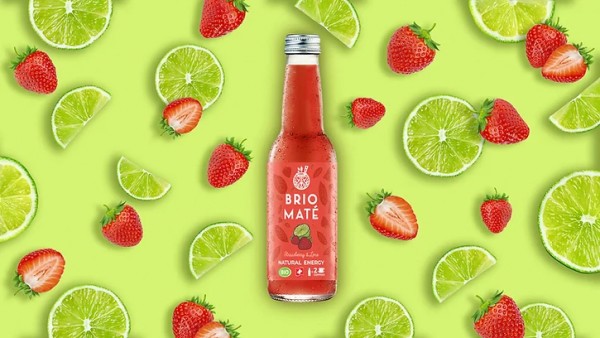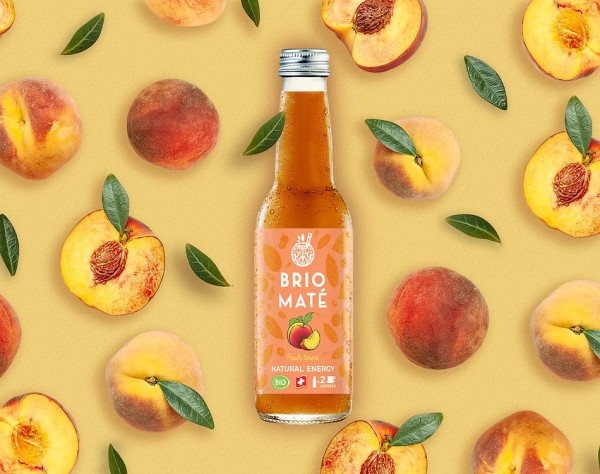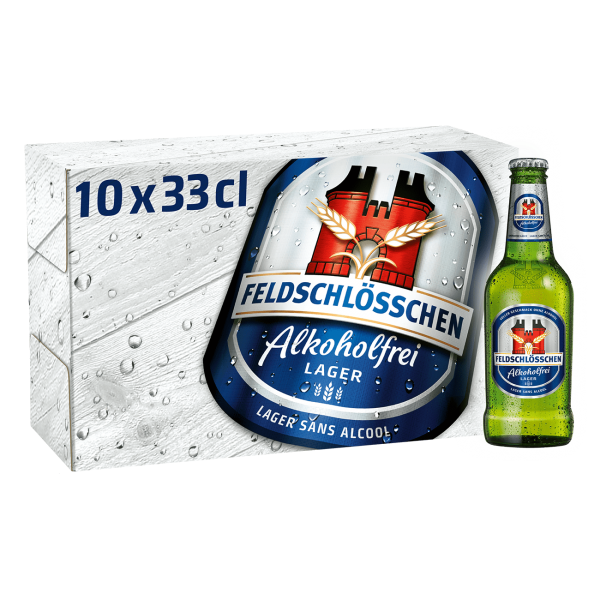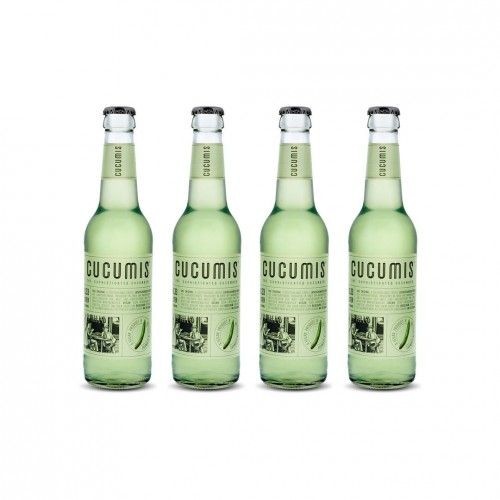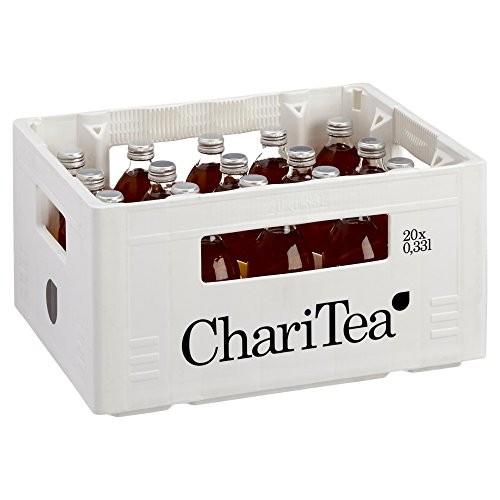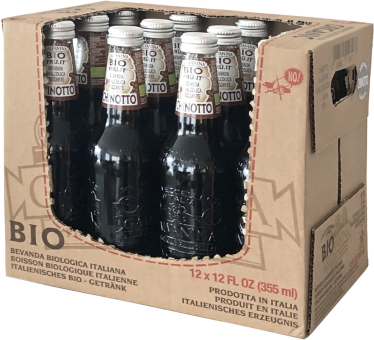
VIVI-KOLA Kiste 24 x 330 ml Schweiz
Article number: SW10377
Carl Christian Friedrich Glenck searched for salt in Switzerland in 1821. In 1823, while drilling along the Rhine near Eglisau, he came across a salt deposit at a depth of 240 meters and discovered the mineral spring. The Kurhaus, opened in...
Nein
-
Zahlen Sie bequem mit:
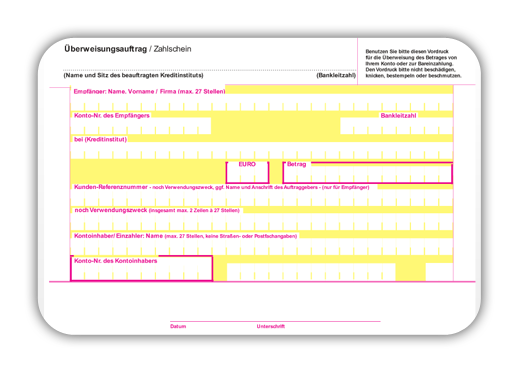





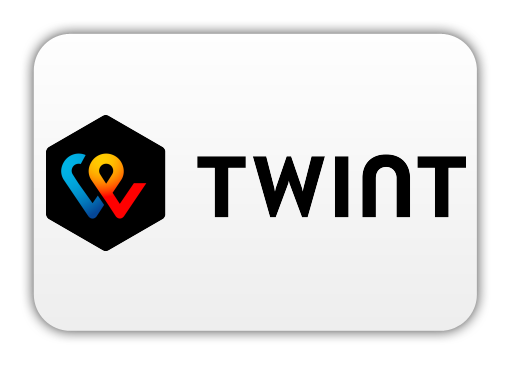
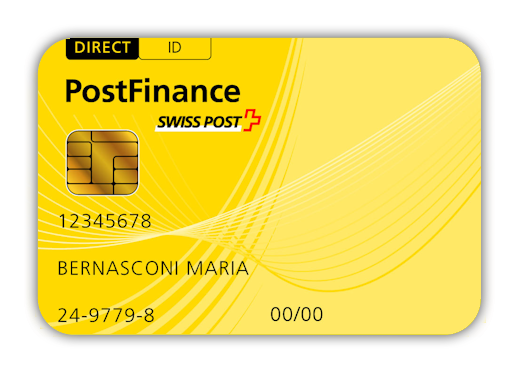

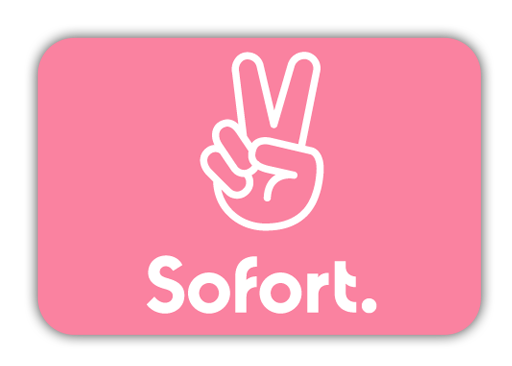

 rate us!
rate us!  fast delivery
fast delivery  free shipping from
free shipping fromCHF 149
 invoice payment
invoice payment Carl Christian Friedrich Glenck searched for salt in Switzerland in 1821. In 1823, while drilling along the Rhine near Eglisau, he came across a salt deposit at a depth of 240 meters and discovered the mineral spring.
The Kurhaus, opened in 1880 at the mineral spring, went bankrupt for the first time five years later and had to close down in 1891. The Kurhaus was replaced by a bottling plant for mineral water. However, the mineral water, which was first delivered to the Eidgenössische Schützenfest in 1924, did not find the hoped-for sales. Mineralquelle Eglisau AG, which was entered in the commercial register in 1929, therefore began producing the sweet drinks Eglisana in 1926 and Orangina in 1935.
In 1938, Vivi Kola was launched as cola-containing and sugared table water from Mineralquelle Eglisau with the slogan "chlöpft uf" (is refreshing, invigorating). Coca-Cola, which was produced in Switzerland from 1936 onwards, was then still considered a cheap, foreign copy of the "miracle drink from Eglisau".
After the Second World War, Vivi Kola became the Kola market leader in Switzerland in 1949. It became a sponsor at bicycle races like the Tour de Suisse, which it accompanied with an advertising car. In the vernacular, Vivi Kola became a racing driver's beer.
In the 1950s, sales increased steadily, so that a new production plant had to be built and new sources had to be found. In addition, Schweppes and Lipton iced tea were bottled in Eglisau and the breweries Haldengut and Feldschlösschen joined the Eglisau company.
historical bottles
Vivi Kola appeared in 1960 in a new waisted bottle shape, which won the Mineralquelle Eglisau a design award.
A new, more efficient bottling plant was opened at Eglisau railroad station in 1969, which practically doubled the bottling capacity. In 1975 the world map motif returned on the Vivi Kola label and Kola was now written with a C.
In 1986, Vivi Kola production had to be discontinued for corporate policy reasons and because of competitive pressure from Coca-Cola and Pepsi. In 2003, Thurella AG took over Mineralquelle from the Feldschlösschen Group, expanded the facility with a high-bay warehouse for 20 million Swiss francs, and filled its Rittergold must and Obi juices here. Due to overcapacity, Thurella was forced to close the facility in 2010.
Christian Forrer from Eglisau acquired the trademark rights in 2008 and relaunched Vivi Kola in 2010 with the slogan "Vivi Kola - the Swiss Kola since 1938". The first bottlings were made in Eglisau, the source of Vivi Kola, still by Thurella
| Verpackung: | Kiste |
| Inhalt Gesamt: | 7920 ml |
| Inhalt pro Verkaufseinheit: | 24 x 330 ml |
| Herkunftsland: | Schweiz |
| Kategorie: | Soft Drink |
| Marke: | Vivi-Kola |
| Alkohol: | Nein |

